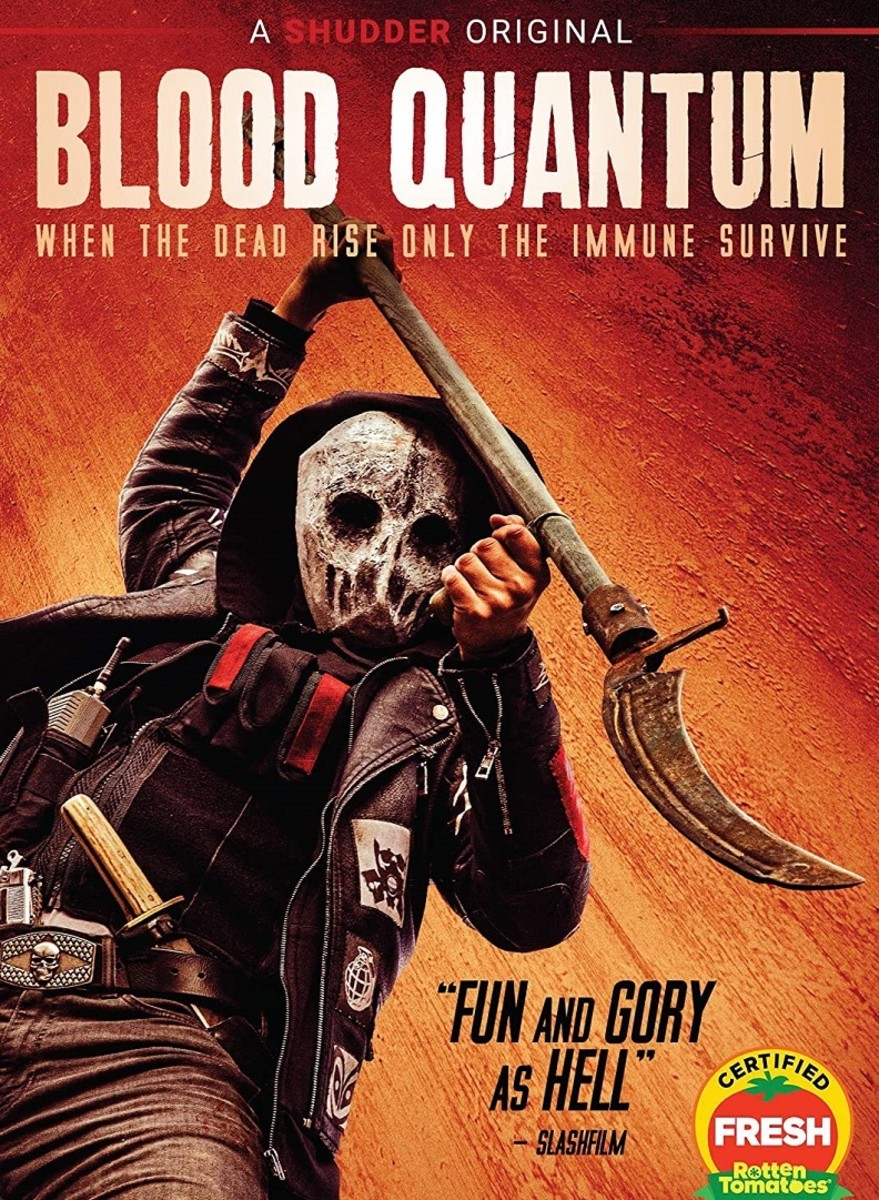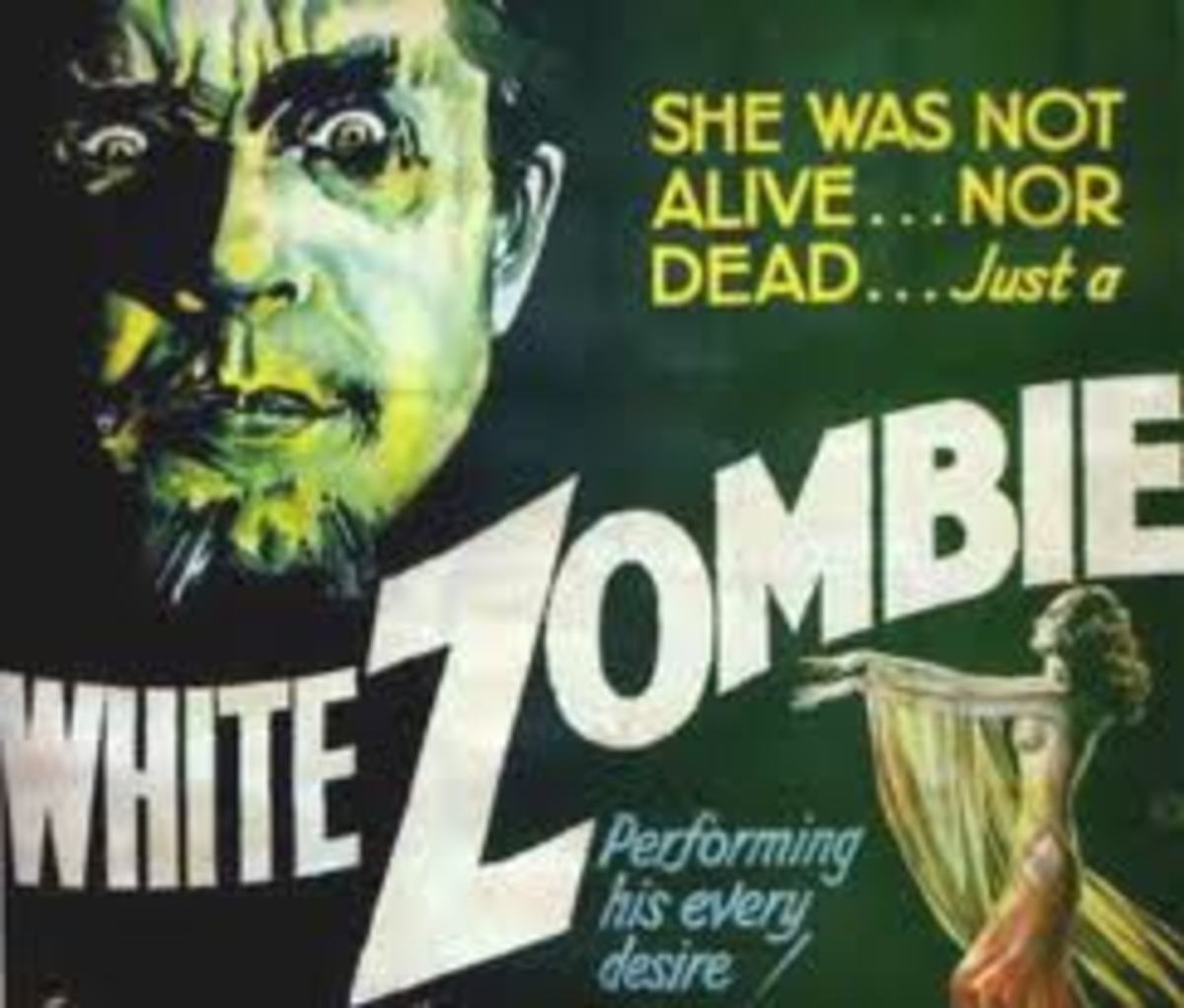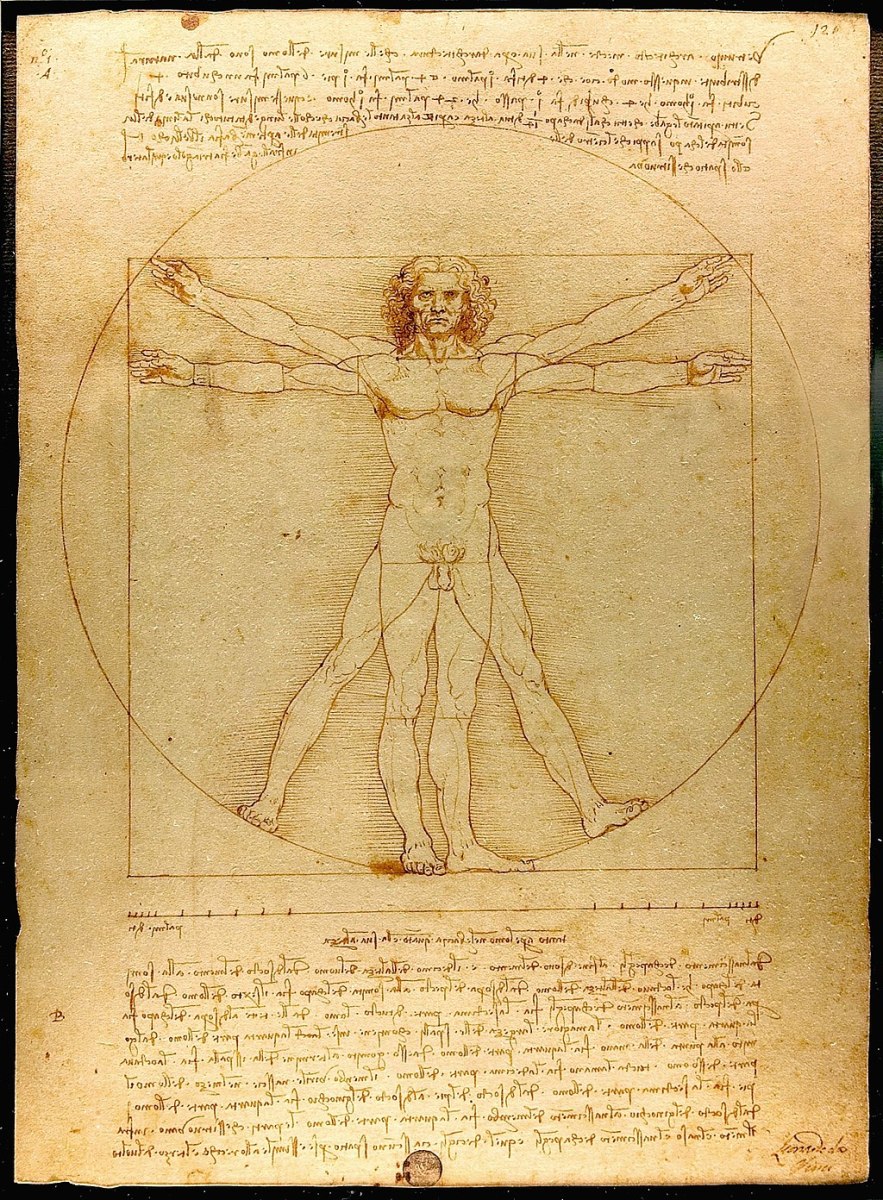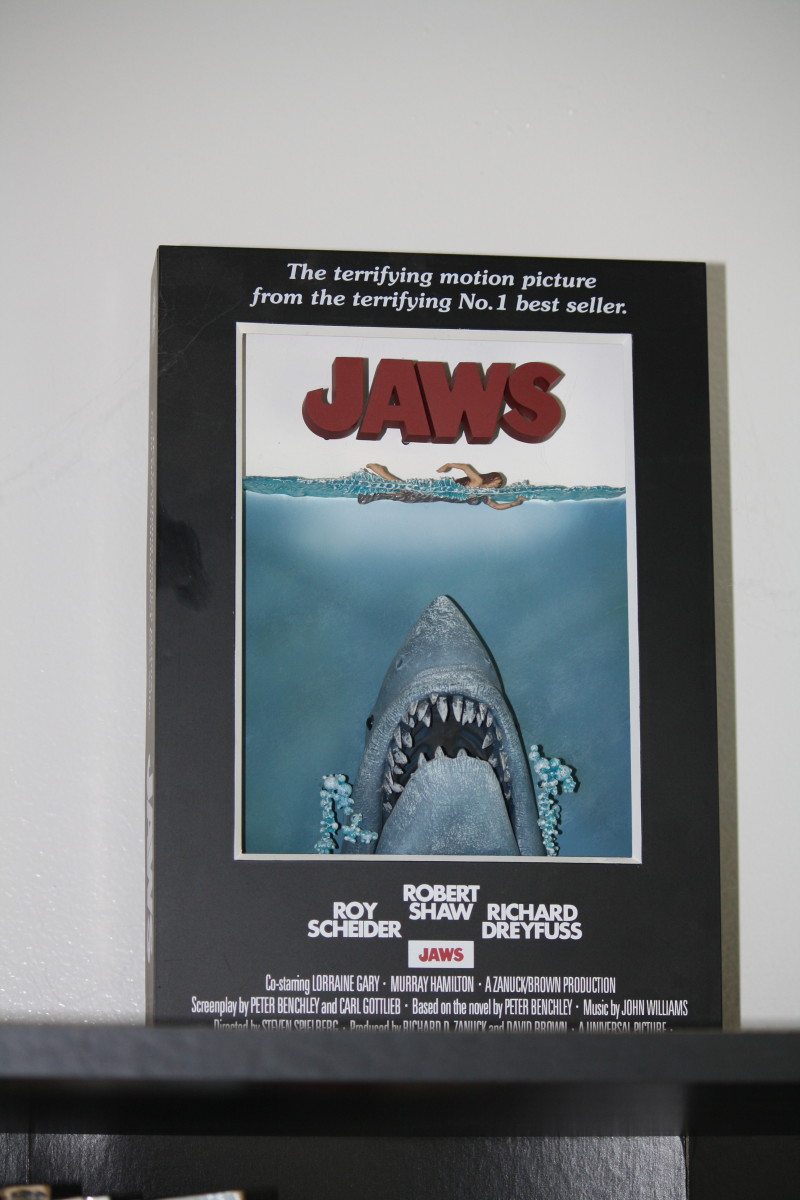The Signs of A Horror Film: An In Depth Look at Quarantine
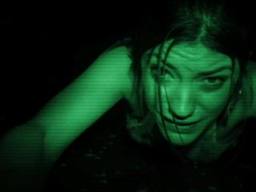
Horror Is Like Porn
Horror movies are like pornography, you know it when you see it. Or do you? Movies like Audition (1999, Miike) and Carrie (DePalma, 1976) have made an effort to redefine the genre in ways that put a spin of eliciting the audience’s fear.
It’s easy to pick apart films like these because they stray from the classic horror film delivery. But, what about a classic horror film? The truth is a good horror film can delve deep into the audience’s psyche, even if you think you know what’s going to happen
Zombies are Funny Too
The film Quarantine (2008, Dowdle) is a remake of a Spanish film named *REC (2007, Balagueró and Plazais) and for the most part sticks to the original’s screenplay and shot sequences. That’s a very good thing, since the original has the right mixture of gore and intrigue. In short, the movie is about an apartment complex quarantined because of ‘rabies’, which turns both humans and animals alike into blood thirsty zombies.
I will take a moment and say that the presence of zombies in and of itself does not qualify Quarantine as a horror movie. Don’t get me wrong, George Romero helped to get zombies on the ‘horror map’, movies like Shaun of the Dead (2004, Wright) and Zombieland (2009, Fleischer) have proven that zombies can be funny as hell. Are those movies horror? They are horror-like and at times can scare you, but their intent is to make you laugh and for both of these movies I laughed until my sides hurt.
It's not like it is obvious this movie is a horror film. It is, which is why it is perfect to dissect it a bit and see why we react the way we do towards the film and many others like it.
Quarantine Trailer

What? Zombies Not Enough??
So, although zombies are a good sign that you’re watching a horror movie, there are other tropes to look out for. In this case, the tropes that horror uses (such as a killer, a terrible place, victims et al) is what separate this genre from others.
Thomas Schatz suggests that “the determining, identifying feature of a film genre is its cultural context, its community of interrelated character types whose attitudes, values and actions flesh out dramatic conflicts inherent within that community.”[i]
By defining the cultural context as well as the characters types within the horror genre, it is clear that Quarantine is a horror film, but with a twist to tantalize the ‘hardened’ horror audience which understands the rules of horror and plays upon those for a scare.
- Violence, Sex and Body Parts: An In Depth Review of Audition
This in depth review of the film Audition is filled with spoilers, but if you're interested in a different prespective of a film you love give it a try.
Context Is Key
The audience is introduced to the main characters and the setting by way of documentary form, similar to The Blair Witch Project (1999, Myrick, Sanchez). By filming in this manner, it not only allows for a diminished quality of filming (static and the occasional black out), it forces a perspective (putting the audience in the same situation of the victim) and it calls attention to the place of media within the film. All of which are important to define the space in which this film takes place. It is your cultural context. Remember that the next time you watch, Carrie or Audition. They have effect not only because of the screenplay or the directing, but because of where they take place and who their audience is.

Genre can be distinguished by the use of space within the community. In this case, a group of people isolated from society in an apartment building or in a house, Night of the Living Dead (1968, Romero), or in a motel, Psycho (1960, Hitchcock). The setting itself isn’t as important as its isolating effect and it’s placement in relation to the outside world (the community). It becomes a terrible place, according to Carol J. Clover, “in which the victims sooner or later find themselves is a venerable element of horror.”[i]
For many horror films, the outside world is just as threatening as or even more so than the dangers faced within the isolated space. It is often horror’s opposition to the community that differentiates it from other genres. It has been suggested that Night of the Living Dead is a social commentary on the civil rights movement and the hero, Ben, is a representation of the black man confronting the inequalities of white America. Quarantine has a similar set up, placing a group of minorities (a black cop, non-English speakers, women and a child) fighting against themselves and the outside world.
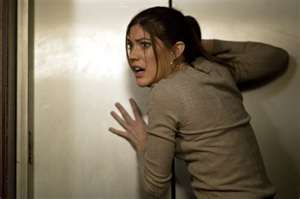
Character Types Mean Something
The use of character type is also important in determining genre. Authority figures within the horror genre are often ineffectual (A Nightmare on Elm Street, Craven 1984) or just other victims to be killed (Night of the Living Dead). In the case of Quarantine, they are both.
This is why many hard core horror fans seem to know what’s going to happen next. They can’t define it, but they just know. It’s the long standing tropes that help define the genre and if you look at a horror film, no matter how far off the normative track they are, like Audition or Carrie, they eventually conform the every widening horror tropes.
This is where we get to the standards that most people can point out. Clover also suggests that within the horror subgenre Slasher Film (Texas Chainsaw Massacre, 1974 Hooper), is what as known as the ‘Final Girl’: A girl who survives at the end of the film, but who also is ‘abject horror personified’, according to Clover. Though Quarantine is not a Slasher Film, it uses the trope, leaving its main character, Angela, as the sole non-rabies infected person at the end. Horror is interesting in that it’s OK to mix and match subgenres from the Slasher Film to Monster.
Going further, the film plays with the ‘Final Girl’ trope and the anxieties of the audience when she is dragged away off screen. This toying with the plot structure is just another way in which a genre film can evolve, still allowing for repetition and the reorganization of tropes already known to the viewer.
Quarantine is a horror film, not because it has zombie-like characters or because a lot of people die in it. It is a horror film because it preys upon the audience’s knowledge of known tropes and placement within society to cause anxiety within the viewer. It’s trying to scare us and we know this, are prepared for this, yet we are still scared.

![Quarantine (+ BD Live) [Blu-ray]](https://m.media-amazon.com/images/I/51irLkYPoTL._SL160_.jpg)
